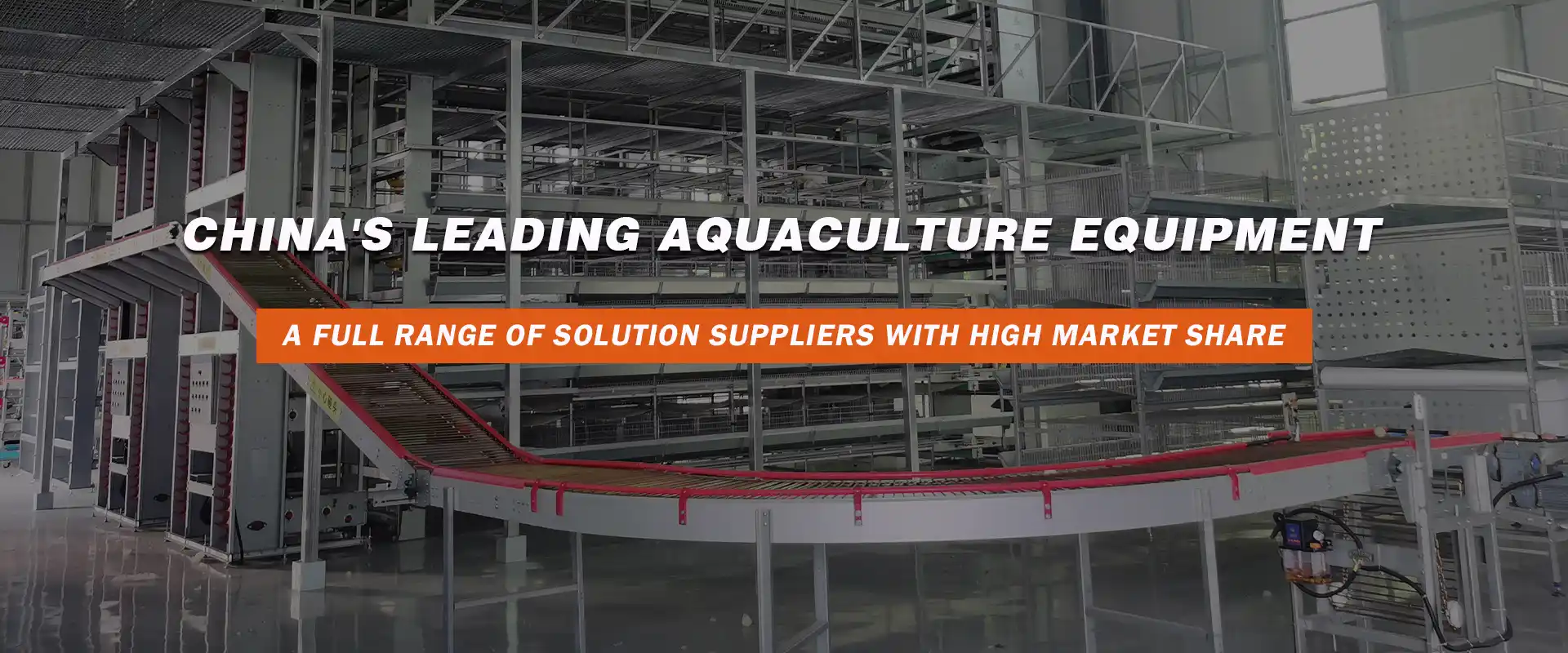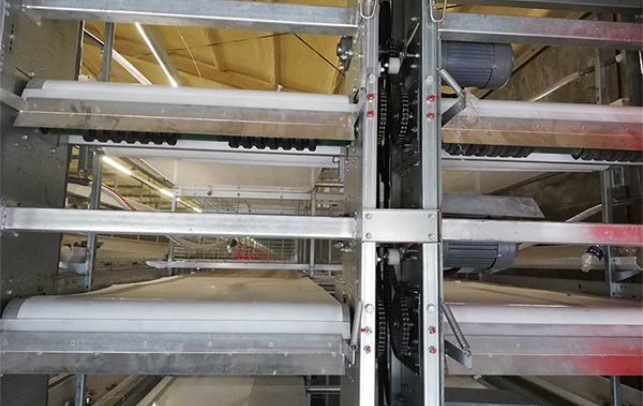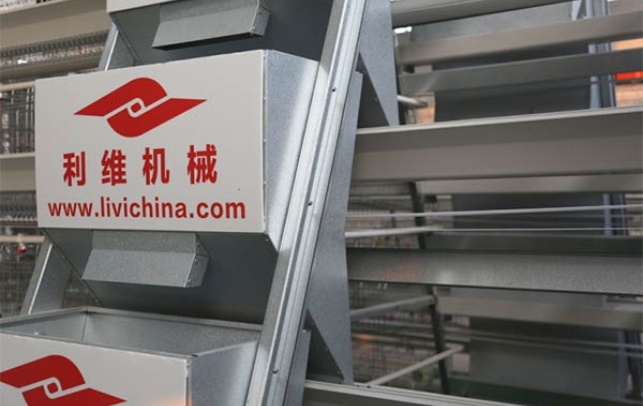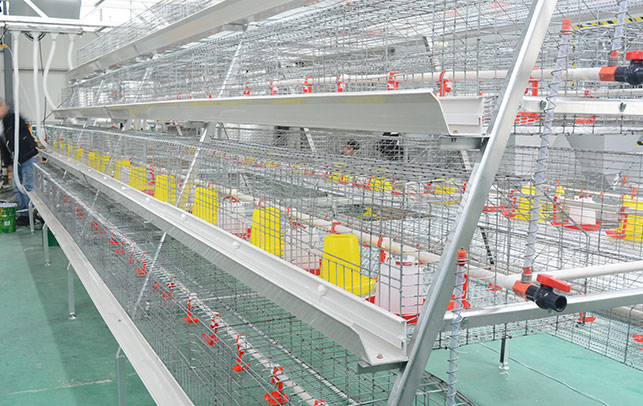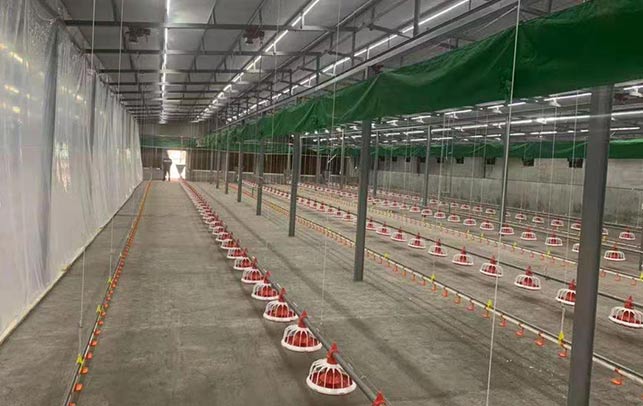Revolutionizing Commercial Chicken Layer Cage Systems: The Ultimate Guide
Time : 2025-04-01
When it comes to commercial chicken farming, the efficiency and health of your chickens largely depend on the type of cage you choose for your layer hens. In this article, we will delve into the ins and outs of commercial chicken layer cages, providing you with all the information you need to make an informed decision. So, let’s dive right in and explore the world of commercial chicken layer cages!
Understanding the Basics of Commercial Chicken Layer Cages
First things first, let’s clarify what a commercial chicken layer cage is. As the name suggests, it’s a type of cage specifically designed for laying hens in commercial farming operations. These cages are crucial for ensuring optimal productivity, health, and comfort for your chickens.
Key Features of Commercial Chicken Layer Cages
- Space Efficiency: Commercial chicken layer cages are designed to provide each hen with enough space to move around comfortably. This ensures that your chickens remain healthy and reduces the risk of diseases caused by overcrowding.
- Hygiene: These cages are built with easy-to-clean materials and a design that minimizes the accumulation of waste. This not only helps maintain a clean environment but also contributes to the overall health of your chickens.
- Comfort: A comfortable cage promotes better egg production and overall well-being. Many modern commercial chicken layer cages come with features like perches, feeding stations, and nesting boxes to cater to the needs of your chickens.
- Cost-Effectiveness: Opting for high-quality commercial chicken layer cages can result in significant long-term savings. These cages are designed to withstand harsh conditions and offer excellent durability, reducing the need for frequent replacements.
The Importance of Proper Chicken Layer Cage Design
Choosing the right commercial chicken layer cage design is crucial for the success of your chicken farming operation. Here are some key factors to consider:
1. Size and Space
The size of the cage plays a vital role in the health and well-being of your chickens. A well-designed commercial chicken layer cage should provide each hen with approximately 2 to 3 square feet of space. This allows them to move around, roost, and lay eggs comfortably.
2. Perches
Perches are essential for hens to roost and rest at night. The ideal height for perches is about 18 inches from the ground, allowing hens to access them without much effort.
3. Nesting Boxes
Nesting boxes provide a safe and private space for hens to lay their eggs. It’s important to have enough nesting boxes for your hens, with a recommended ratio of one nesting box for every four hens.
4. Feeding Stations
Feeding stations should be designed to minimize waste and contamination. Consider using automatic feeders that dispense food at specific times, ensuring that your chickens receive a balanced diet.
Choosing the Right Material for Your Commercial Chicken Layer Cages
The choice of material for your commercial chicken layer cages is critical in ensuring their longevity and efficiency. Here are some popular options:
- Galvanized Steel: Galvanized steel is a popular choice for commercial chicken layer cages due to its durability, resistance to corrosion, and ease of cleaning.
- Plastic: Plastic cages are lightweight, easy to clean, and can be cost-effective. However, they may not be as durable as steel cages.
- Wood: Wooden cages offer a natural look but can be susceptible to wear and tear, especially in wet conditions.
Top 5 Tips for Maintaining Your Commercial Chicken Layer Cages
Maintaining your commercial chicken layer cages is essential for the health and productivity of your chickens. Here are some tips to help you keep your cages in top condition:
- Regular Cleaning: Clean your cages at least once a week to remove waste, dirt, and pathogens. This helps maintain a clean environment for your chickens.
- Check for Wear and Tear: Inspect your cages regularly for any signs of damage or wear. Repair or replace any broken parts promptly to prevent accidents and injuries.
- Proper Ventilation: Ensure that your cages have adequate ventilation to prevent the buildup of ammonia and other harmful gases.
- Regular Sanitization: Use a sanitizing solution to clean and disinfect your cages regularly. This helps prevent the spread of diseases among your chickens.
- Monitor Your Hens: Keep an eye on your chickens to identify any signs of discomfort or illness. Address any issues promptly to maintain their health and well-being.
Conclusion
Investing in high-quality commercial chicken layer cages is a wise decision for any chicken farmer. These cages contribute to the overall health, productivity, and well-being of your chickens. By following the tips and guidelines outlined in this article, you can ensure that your chickens thrive in a comfortable and efficient environment.




